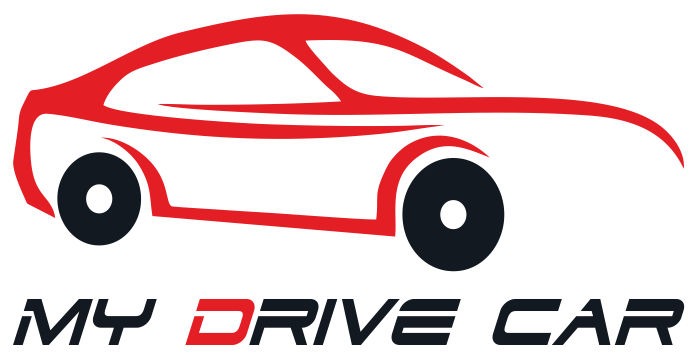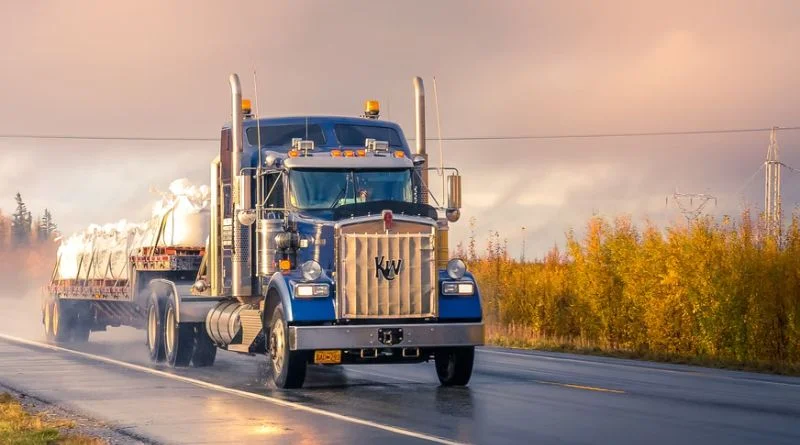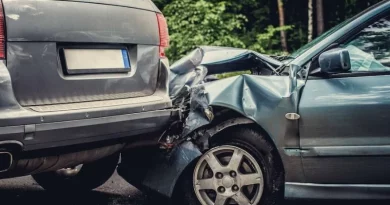Understanding Blind Spots on a Semi-Truck
Due to their large size, semi-trucks and 18-wheelers have areas that the drivers cannot see when they are on the road. These are called no-zones or blind spots. There are a number of blind spots that lie in front, at the back, and on the sides of these large vehicles. The bigger the vehicle, the larger the blind spot areas. These blind spots are dangerous because they can lead to accidents, especially if a truck attempts to change lanes and doesn’t see a car in its blind spot. This article will discuss these vulnerable areas on semi-trucks and what can be done to increase safety.
What Are Blind Spots?
Blind spots are areas that a driver cannot see in their rear-view mirrors. There are four blind spots that are common with semi-trucks:
Front Side Blind Spots
Semi-truck drivers cannot see smaller vehicles like cars and motorcycles that are 20 feet in front of them. If as a driver, you cannot see the truck driver in your rearview mirror, then you are likely to be in their front blind spot. The best way to avoid this blind spot is to drive in front of the truck until you can view the truck’s headlights. You should never cut in front of semi-trucks, especially on highways like the interstate. You should strive to keep a distance of one car length for every 10 miles per hour that you are driving.
Back Side Blind Spot
Semi-truck drivers cannot see smaller vehicles like motorcycles and cars that are 30 feet behind them. It is a good practice to maintain a driving distance of at least 4 to 6 seconds between yourself and a semi-truck. If you are tailgating a truck, remember that they do not have a rearview mirror like most cars and that is why they cannot see you. They have to depend on side-view mirrors only. So if you are driving behind a semi-truck, it can be dangerous to drive too close to them. They could brake suddenly, causing you to crash.
Left Side Blind Spot
The blind spot on the left side of a semi-truck is smaller than the one on the right side of the truck. If you cannot see the reflection of the truck driver in their side view mirror, you are in their blind spot. Although it can be safer to pass semi-trucks on the left side, do not ride in this no-zone area for extended periods.
Right Side Blind Spot
This is considered to be the biggest blind spot for a semi-truck driver. If you cannot see the truck driver’s face in the mirrors on their right side, you are in their blind spot. However, they are more likely to see you if you pass a truck on their left side compared to the right.
In addition to the blind spots themselves, there are sometimes other influences in blind spot accidents. Adverse weather such as fog or rain can decrease visibility, making it even harder for truck drivers to spot cars in their blind spots. Similarly, it can be harder at night to see vehicles in adjacent lanes, since a lack of light can reduce the effectiveness of mirrors.
Trucking Guidelines Related to Blind Spots
The Federal Motor Carrier Safety Administration (FMCSA) and the National Highway Traffic Safety Administration (NHTSA) are the two agencies governing blind spot awareness. Each one provides guidelines and regulations related to blind spots. Part of these requirements include how and where to place mirrors in order to maximize visibility. Blind spot monitoring systems are also regulated.
These are the federal entities involved, but there are also some state-level laws related to blind spot safety. Compliance with these regulations is imperative for the safety of all drivers. Depending on your state laws, truck drivers might be required to add extra mirrors to their vehicles. States like Colorado require that extra mirrors be installed to reflect a rear view of the road for at least 200 feet behind the truck.
Supplemental mirrors can also be added to a semi-truck’s hood, giving better visibility of the adjacent lanes. Mirrors also need to be positioned properly for them to provide the most help. In addition to adding mirrors, there are other safety accessories that can be added to a truck. These include cameras, audible tones, backup sensors, and fish-eye mirrors.
What Drivers Can Do to Increase Their Safety
Drivers of semi-trucks, passenger cars, and motorcycles can work together to create safer roads. Below are some of the things that drivers can do to increase their safety:
- Truck drivers can install extra mirrors, for instance on each side of the hood and on the passenger side to see traffic passing on the right.
- The positioning of mirrors correctly will also help drivers reduce their blind spots.
- Installing accessories like tones, wide-angle cameras, fish-eye mirrors, and backup sensors can help prevent blind spot accidents.
- Before changing lanes, truck drivers should use their mirrors and other accessories to clear their blind spots. Doing this can reduce the likelihood of accidents.
- Drivers of passenger cars and motorcycles can learn about truck blind spot locations so they know if they enter one. In general, the Denver truck accident lawyers of Kane Dulin McQuinn Young recommend keeping your distance from semi-trucks as much as you can on the road.
Advancements in Blind Spot Detection
There have actually been recent advances in technology related to blind spots. Blind spot detection systems have come a long way, using sensors and cameras around the truck to monitor its surroundings. Just as some cars now come with blind-spot detection or lane departure warnings, semi-trucks are starting to implement similar features. Some even have integration with the side mirrors, communicating alerts to drivers without them needing to take their attention off the road. The implementation of these systems in trucks can only improve blind spot safety on the roads.
Despite these advances in technology, blind spot accidents still occur. It’s important for all drivers on the road – in cars, trucks, and motorcycles – to be aware of their surroundings, share the road, and take extra precautions when changing lanes.




